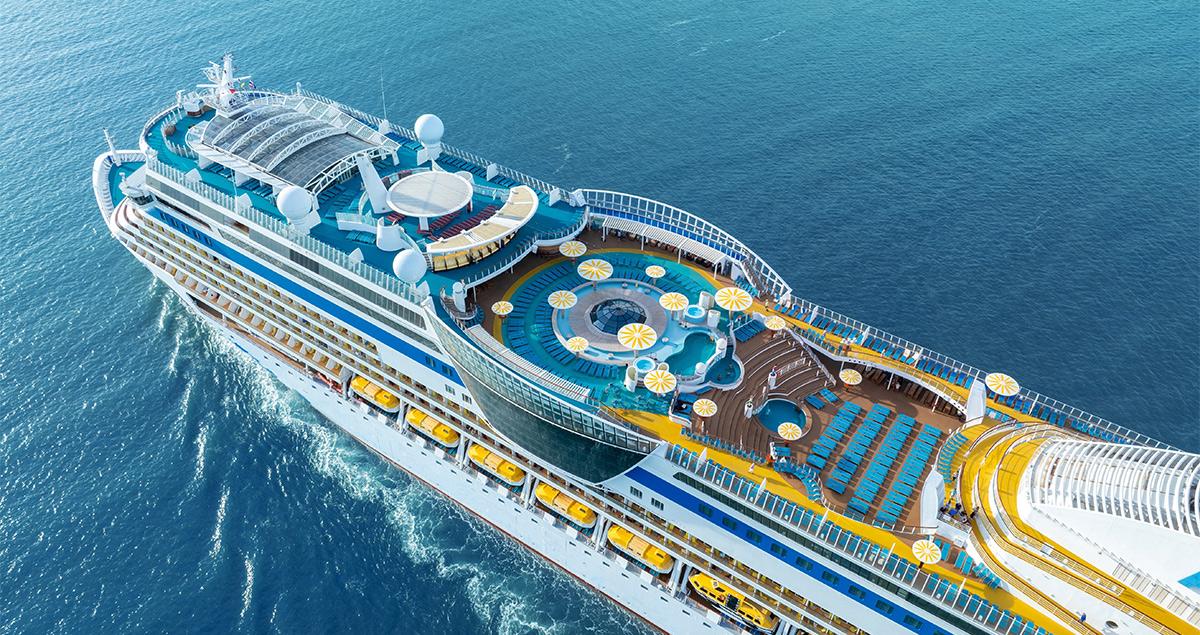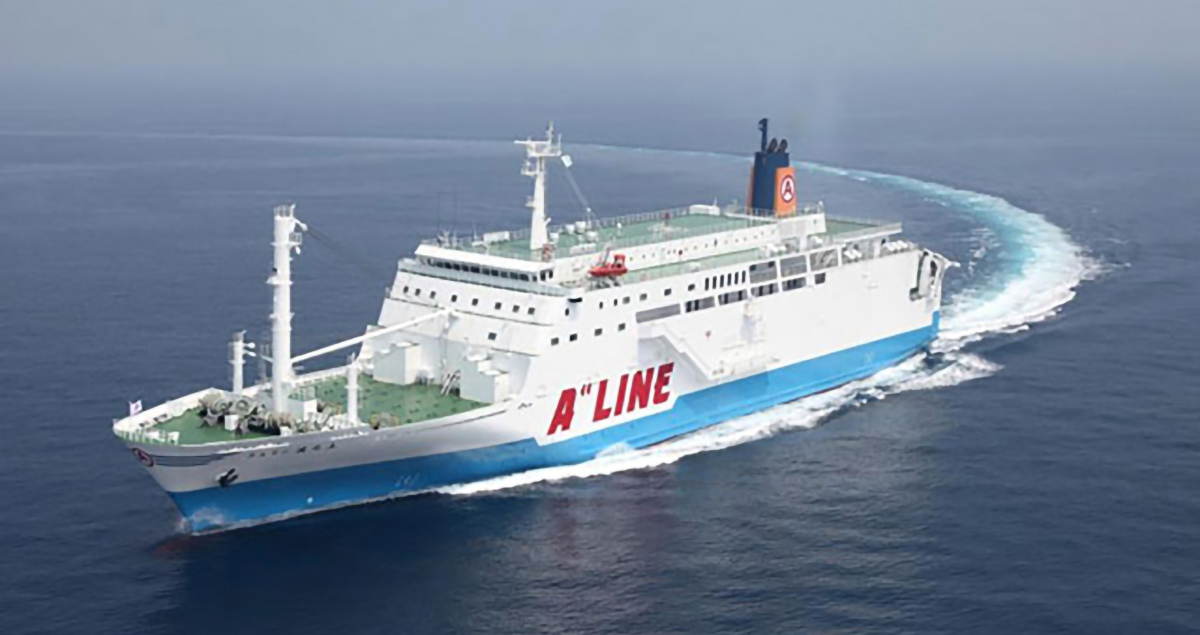Smooth sailing: How air lubrication can cut shipping emissions

If you were on a cruise and a fellow passenger informed you that the ship was sailing on a magic carpet of bubbles, you might understandably think they had inhaled too much sea air.
In fact, there would be a good chance they were correct. As the global shipping industry faces continued pressure to decarbonize, technologies that improve fuel efficiency and reduce emissions are gaining increasing attention.
One solution is this carpet of bubbles — officially known as an air lubrication system (ALS) — which reduces a ship’s drag through the water and, in turn, its CO₂ emissions.
How does air lubrication work?
The principle behind an ALS is simple: it reduces the resistance a ship faces as it moves through the water by introducing a continuous layer of air bubbles along the bottom of the hull.
This acts like a cushion between the vessel and the sea, which decreases friction and allows it to glide more smoothly through the water — hence why the effect is sometimes referred to as a ‘magic carpet’.
Because friction is reduced, the ship uses less fuel to maintain speed, resulting in fewer emissions and lower operational costs. While generating the air bubbles uses energy, with the right hull design air lubrication can achieve an overall reduction in CO₂ emissions of up to 10-15%.
Mitsubishi Shipbuilding, a part of Mitsubishi Heavy Industries (MHI) Group, was an early pioneer of the technology.
Its system — the Mitsubishi Air Lubrication System (MALS) — uses blowers to generate the high pressure and large amount of airflow needed for installation on bulk carriers, container ships, ferries and large passenger ships.
What impact could air lubrication have on the shipping industry?
The global maritime industry currently accounts for almost 3% of global greenhouse gas emissions — a figure it is working to cut over the coming decades, but that could rise with the sector’s modest predicted growth.
The International Maritime Organization (IMO) recently approved regulations for global shipping that, from 2027, will require the industry to reduce emissions from ships to achieve net zero emissions by 2050. Ships that fail to do so could face financial penalties.
Because it can be fitted to new ships or retrofitted to existing ones, air lubrication can help as an immediately implementable method for large operators — improving efficiency and reducing environmental impact without having to wait for next-generation fuels or redesigned vessels.

What is the future of air lubrication?
Air lubrication systems are not new — MHI’s MALS was first used in the early 2010s and has since been fitted on ferries, cruise ships and more.
As attention to the environmental impact of shipping grows, the market is expanding. Some estimates suggest it will more than double, reaching $2.5 billion in less than a decade.
More and more companies, from start-ups to established players, are working on ALS technology and the number of both installations in the water and orders for systems continues to rise.
One example of innovation can be found in a new strategic partnership between Mitsubishi Shipbuilding and Elomatic, a Finnish engineering firm. The agreement aims to draw on both companies’ expertise to enhance energy efficiency, speed up the adoption of alternative fuels and drive digital innovation in the maritime sector.
One of the first areas of focus for the collaboration will be air lubrication, with MALS being integrated into selected vessels as part of a plan to support the industry as it navigates a path to decarbonization.
How else can shipping cut emissions?
Air lubrication can have a big impact when used in combination with other energy-saving technologies, including ships with low propulsive resistance, high-efficiency propeller systems, and heat recovery from engine exhaust gases.
In the future, alternative fuels such as hydrogen and ammonia and carbon capture technologies will also play a big role.
So while ALS systems won’t magically transport shipping to net zero, they can certainly help smooth the journey.
![]()
Discover more on how Mitsubishi Shipbuilding is helping decarbonize the maritime economy





